How To Bind A Small Book
Jul 20
Book Binding Methods – what is best for my book?
- July 20, 2021
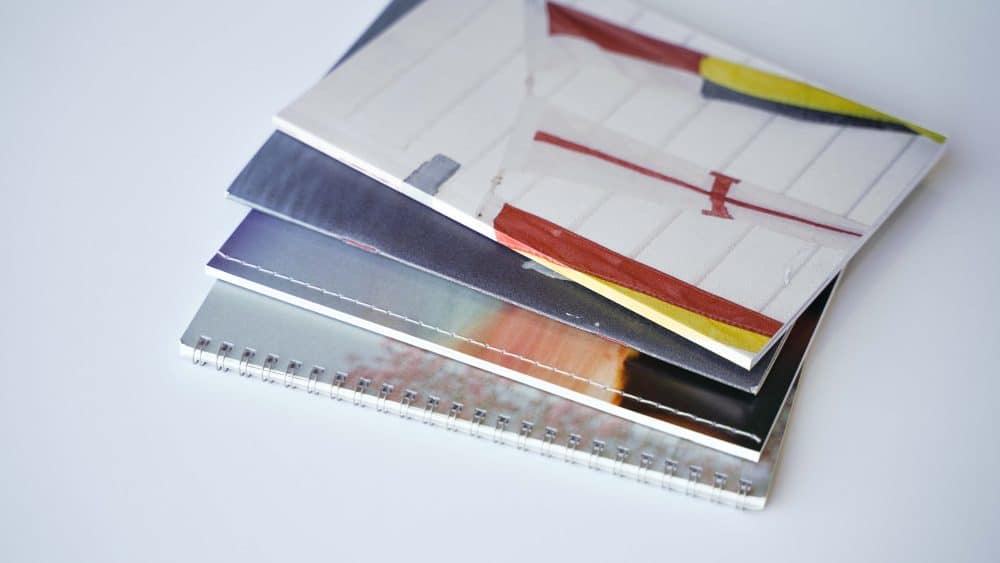
Creating solutions
Choosing a binding method for yourbook
While some may miss the small and considered details of binding, there is quite a lot of aesthetic pleasure that can be discovered in a beautifully-bound book.
Choosing the right style for your project can be a difficult task, especially when your bookbinding knowledge clouds your imagination.
Finding it daunting? That's why we've built this helpful guide for writers, designers, photographers, illustrators, and creators so you can get a better understanding of what's best suited for your book or magazine project.
BOOK BINDING METHODS
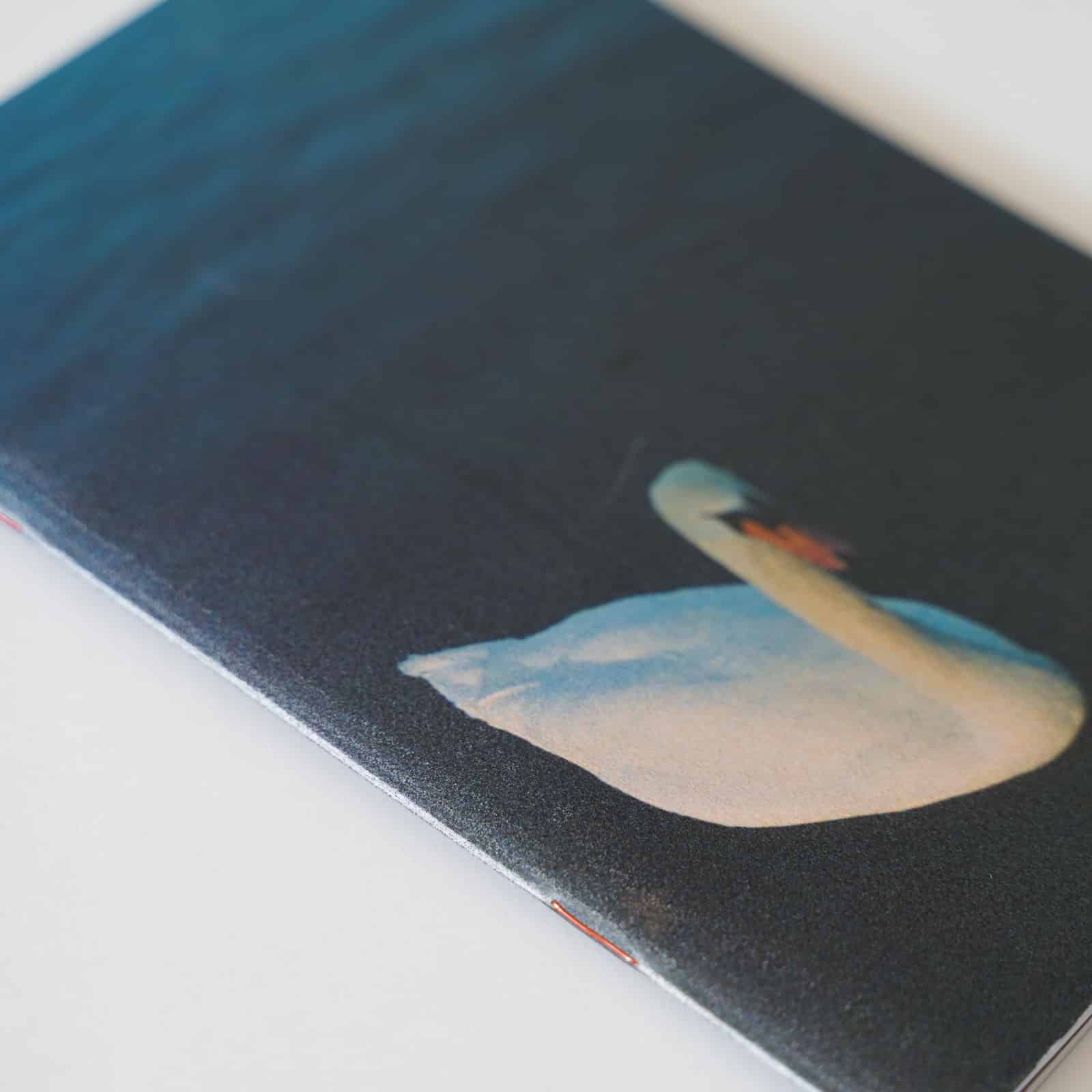
What is saddle stitch binding?
Saddle stitching refers to a binding process where pages are stapled together through the spine of the book.
The section is stitched a little over half a centimetre from the edge in two or more places, depending on the length of the publication. The stitched section then becomes the spine of the booklet, over which a cover may then be glued.
Common uses of saddle stitch binding
- brochures
- small booklets
- programs
- catalogues
- calendars
- pocket-size address books
- some magazines
Advantages of saddle stitch binding
- fast and more economical than many other methods
- reliability
- cost effectiveness
- ability to gain closer access to the gutter of the binding margin
Make your saddle stiched project stand out by using contrasting coloured staples, like we did for our BOUND notebooks this year.
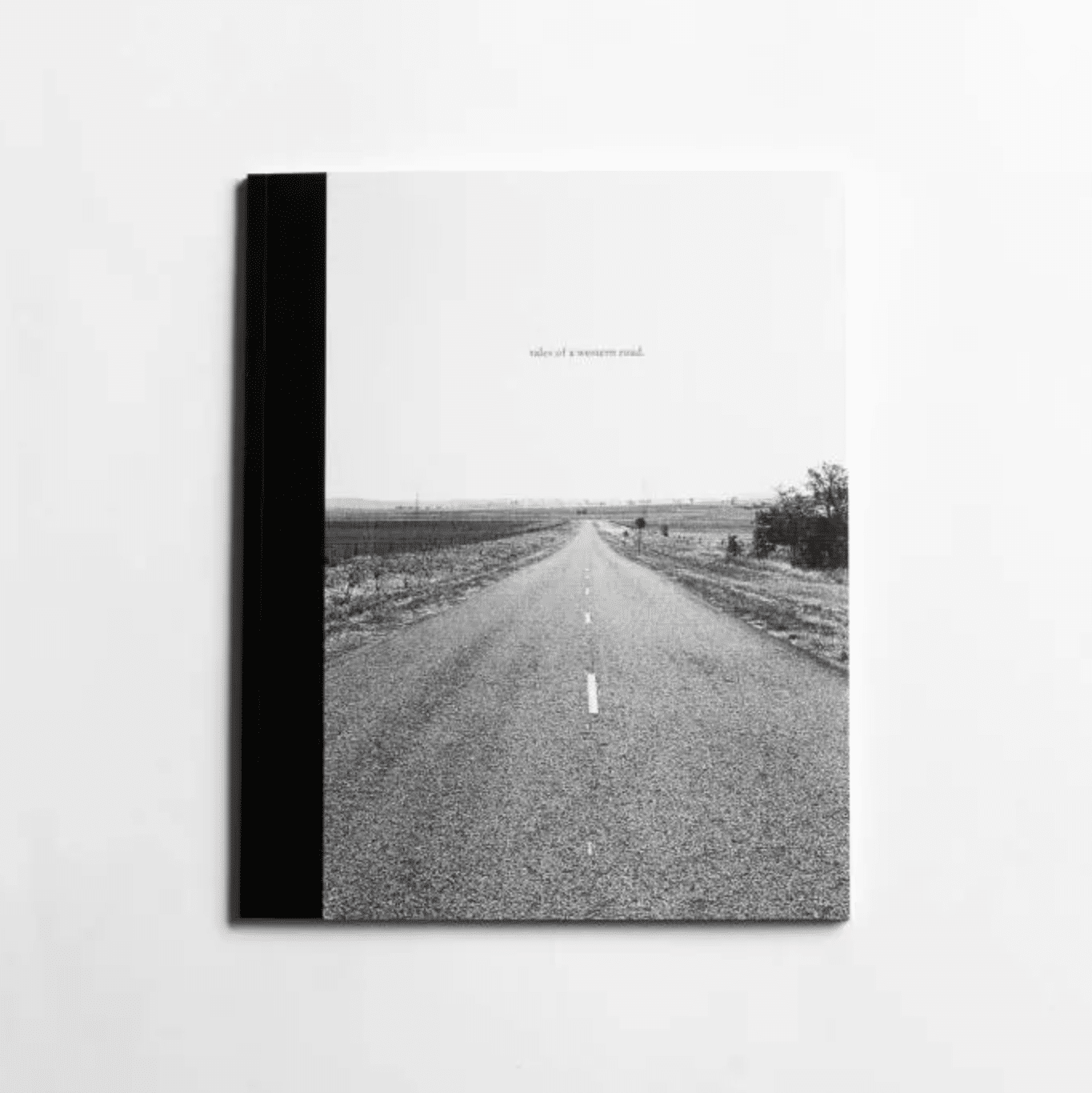
What is PUR binding?
Perfect binding, also known as PUR binding, is a form of binding that uses glued inner pages and a wrap-around seamless cover like a paperback book. Perfect binding creates a long lasting, high quality spine for a book.
Perfect binding is generally used when a document is more than 5mm thick.
Common uses of PUR binding
- 'how to' books
- catalogues
- yearbooks
- coffee table books
- high quality magazines
- journals
Advantages of PUR binding
- requires less glue than EVA, yet still produces a stronger, more flexible bond
- better choice for heavily coated stocks, wrong-direction grains, heavy ink coverage, and other materials that are hard to bind
- the most versatile and durable print binding adhesive in use today
- can be used with any type of ink or paper stock, allowing the widest variety of paper and finishing options
- provides a lasting bind for books ranging from low to high page counts
We used PUR binding for Jake McCann's, tales of a western world and couldn't be more happy with the finished product.
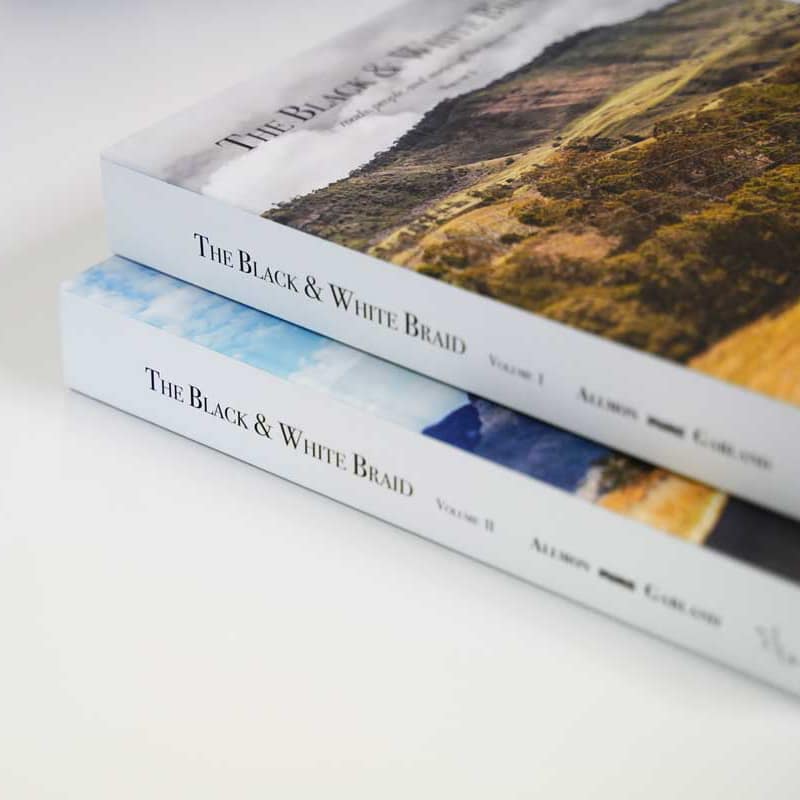
What is hardcover/case binding?
Hard case binding (also known as hard cover binding) refers to the binding of a book in which a separate case bound cover is involved. The cover is non-flexible and is supported by a paper-back board, making it incredibly durable.
Common uses of hard cover / case binding
- coffee table books
- childrens books
- recipe books
- travel documentation books
Advantages of hard cover / case binding
- very durable and unable to be bent as it is encased by a hard cover
- the finished product has a classy and elegant look and feel
- attract high retail prices
We case bound both volumes of 'The Black & White Braid'. Both books are beautiful pieces of art that will last a lifetime (+more).
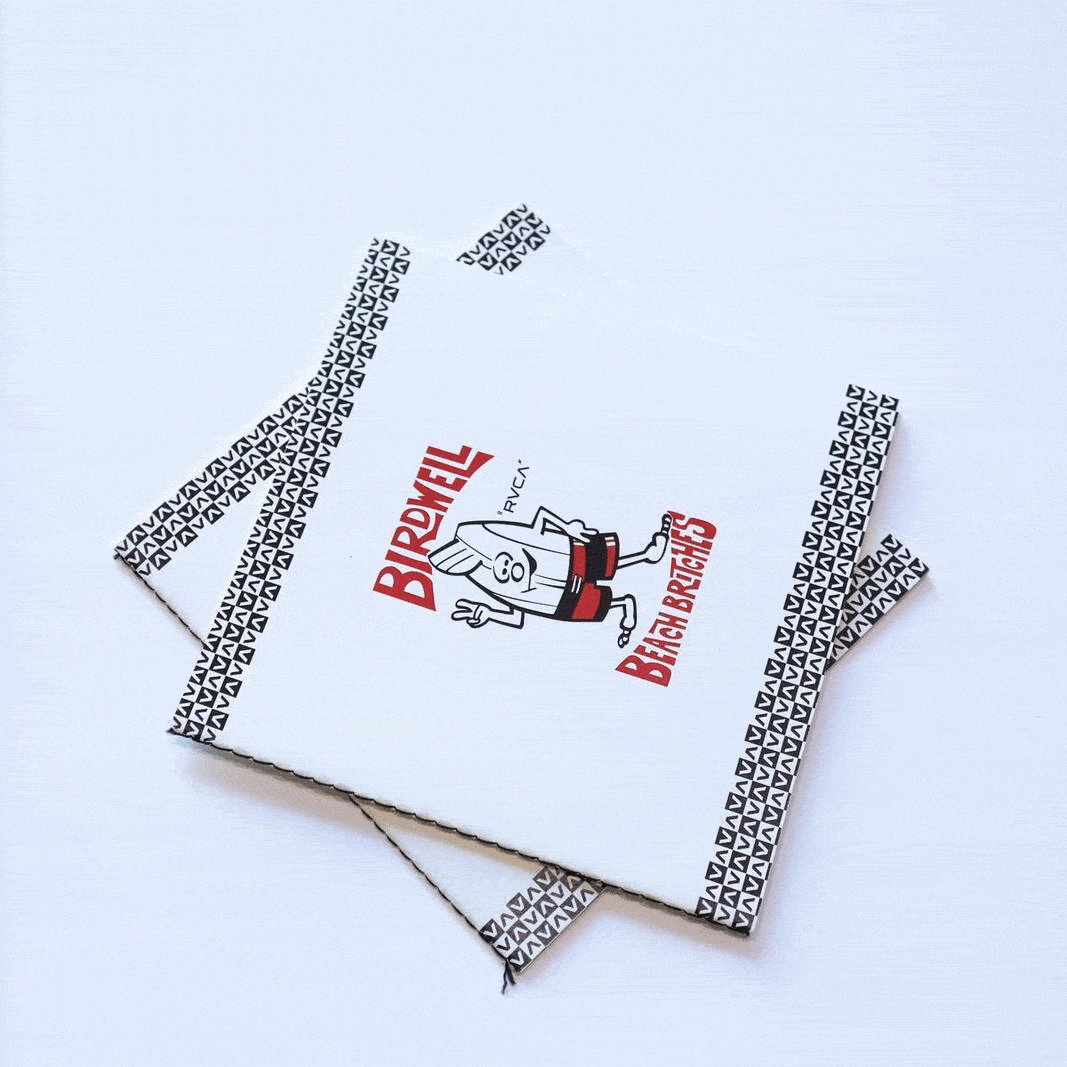
What is singer sewn binding?
Singer sewing is a beautiful, traditional method of bookbinding where a single thread (of any colour) is stitched through folded pages at the spine. With no adhesives or staples, this secure binding method is typically used on books with a single section. The stitching can either be visible on the outside or tucked neatly away on the inside.
Common uses of singer sewn binding
- creative projects
- journals
- catalogues
- notebooks
Advantages of singer sewn binding
- Books can open flat all the time
- Pages are securely bound together
- Various thread colours are available
- Different looks can be achieved
We used singer sewn binding for the RVCA catalogue, which created an eye-catching and creative product.
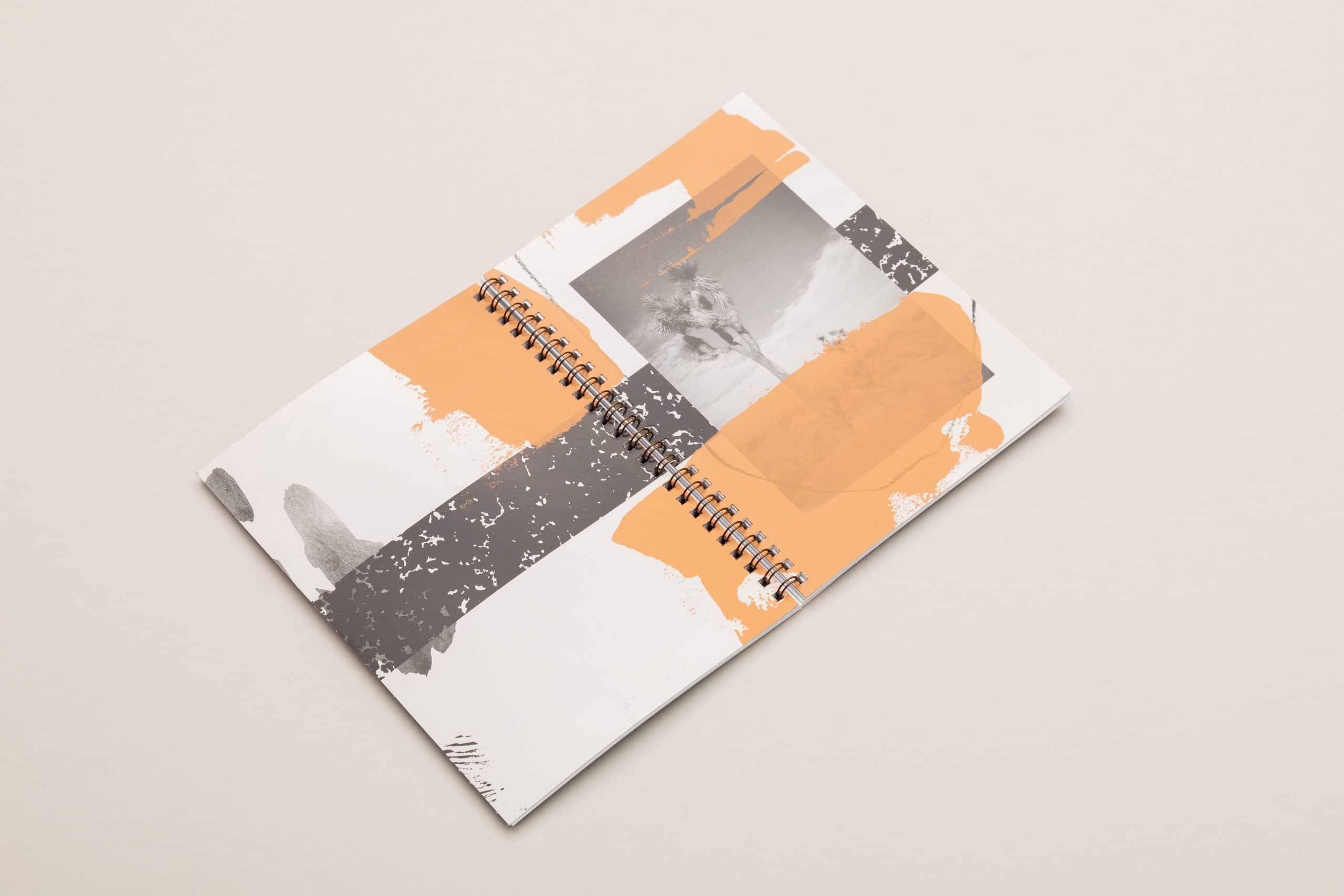
What is spiral binding?
Spiral Binding, also known as Coil Binding, is a common method for joining the pages and cover of a bound document.
It utilizes a durable plastic or metal coil that is inserted and twisted through small holes punched along the spinal edge of the book's cover and pages. The coil joins the pages and cover as an assembly, yet still allows them to open freely.
This option is extremely versatile and popular.
Common uses of hard cover / case binding
- journals
- notebooks
- diaries
- commercial documents
- exercise books
Advantages of hard cover / case binding
- The pages can be opened a full 360 degrees
- The pages turn easily and stay put
- It can accommodate low page counts or high page counts
- No glue is needed
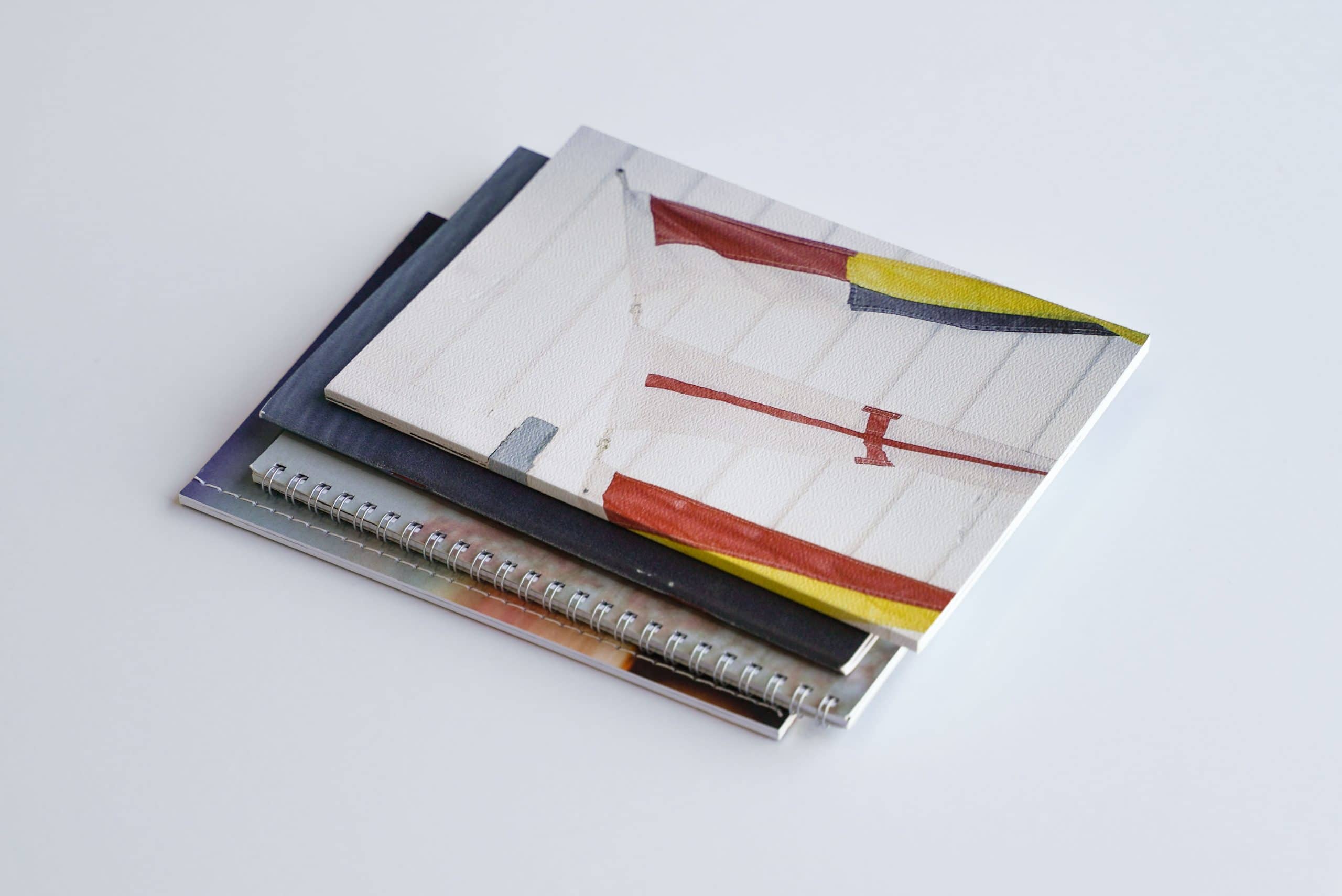
BOUND
Featuring film photography shot by Art-Work Agency from their travels around the world,BOUND celebrates the force of nature that binds us all together while exploring a variety of printing and binding methods we offer here at Fast Proof Press.
We create BOUND so you can see and touch an array of different binding methods to help you with your next project.
Secure yours today by reaching out.
Get in touch
Need help with your print project?
Get in touch
How To Bind A Small Book
Source: https://www.fastproofpress.com.au/book-binding-methods/
Posted by: gallawaysagell.blogspot.com

0 Response to "How To Bind A Small Book"
Post a Comment